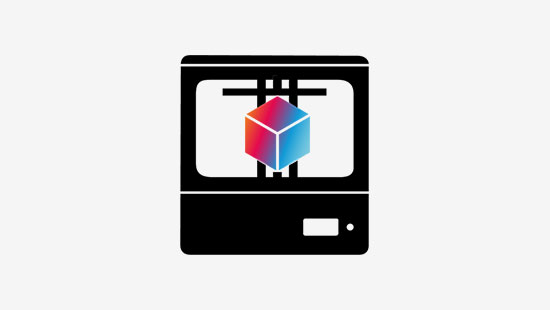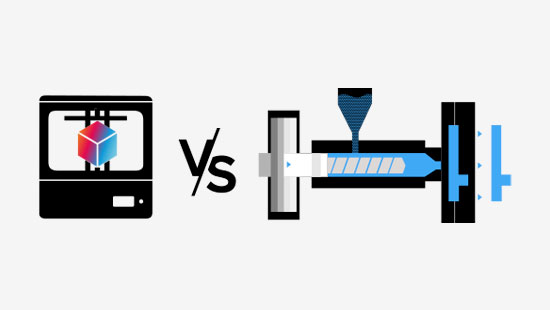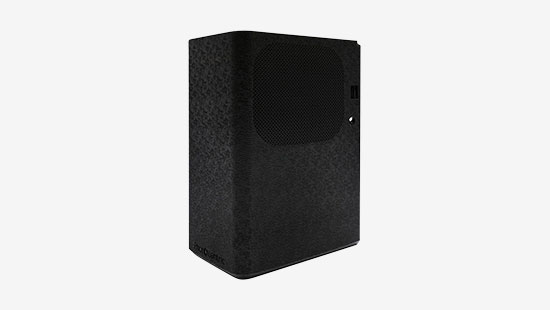Choosing the correct 3D Printing Software for your needs
With hundreds of 3D printing software packages to choose from, it may seem confusing to pick the right one. Hopefully, our helpful software guide will give you an insight into what to look out for when choosing the appropriate one for your needs.
Basics
When starting your 3D print journey, it is important to understand what you will require from the software. Not all packages are the same and some that may appear too good to be true, often are. Most reputable 3D printing software packages will enable you to trial the system for free and are a valuable method of ensuring the suite is good for you.
3D printing software is the beginning to any 3D voyage, all 3D prints must first be generated in a 3D modelling program. Most standard software packages enable 3D models from the popular CAD format, STEP, to be read and prepared for your 3D printer as an exact B-Rep geometry.
B-Rep
B-Rep is an abbreviation of boundary representation, which in solid modelling and other computer aided design represents an entire 3D shape by defining the limits of the shapes volume. It is sometimes also abbreviated as BREP and is a collection of connected surface elements that define the internal and external boundary points.
CAD files
Computer-Aided Design (CAD) files come in a variety of guises, there are lots of various CAD file types in the 3D printing industry. They will have their own names, formats and parameters. A good 3D printing software program will read CAD data from STEP files (Standard for the Exchange of Product Data) as exact B-rep geometry, including all manufacturing information (PMI), attributes and design history.
The CAD models optimized for 3D printing and nesting on the build platforms can be saved in all common formats such as AMF, 3MF and STL as well as common slicing formats CLI, SLI, ABF, SVG, SIS, USF and G-code. Photocentric Additive can import STL, OBJ, 3MF, IGES, STEP, CT, AMF, CSV and produce slice output files (CWS) readable for the Photocentric LC Magna.
Consideration
An important consideration to take into account when creating your model is the resolution. If you try to export an STL with a low resolution, your model will look faceted and if you export an STL with too high of a resolution, your model will become very large and difficult to share.
Photocentric Additive will also allow the export of 4DA project files for future edits. Files can be readable as mesh as well as B-Rep. For more advanced editing options, two add-on modules are available, ‘Additional modelling tools’ and ‘All lattice package 3D’.
As a 3D printer manufacturer, we looked at lots of different software providers. After careful consideration we narrowed down to 2 different options.
Photocentric Additive
The software doesn’t just handle the file to make it ready for printing by slicing and supporting, it does something very special…
It allows you to modify the exterior of the surface of your part to not just remove the layer lines, but also add the texture of your choice.
Photocentric Studio
Powerful and intuitive, Photocentric studio 3D software has been created to simplify your printing experience.
Photocentric studio is compatible with most CAD formats and includes a suite of tools to support a variety of industries and levels of experience.
Free trial
In addition to the excellent features and benefits that both of these 3D printing software options offer, they are both easy to use and both can be tried free of charge, with no purchase necessary and there are free tutorial videos available for all of them.


